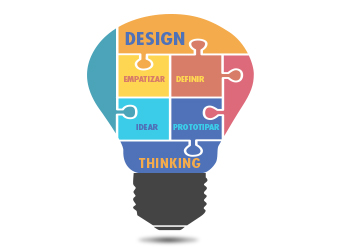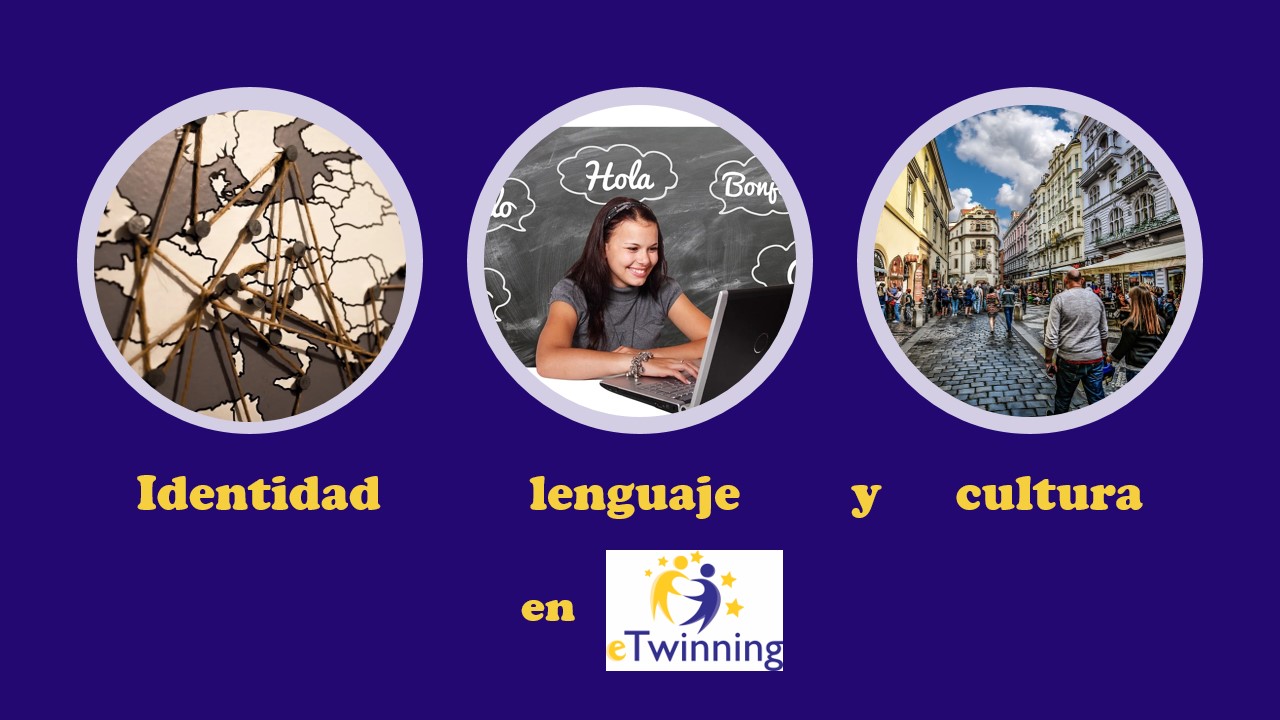Design Thinking in the classroom

Let’s start by defining Design Thinking as a sequence of work aimed at finding creative solutions to a problem or need through research and dialogue. The concept was coined by Tim Brown, a professor at the Stanford University School of Engineering, who described this new concept in an article published in the Harvard Business Review in 2008 as a ‘discipline that use the designer’s sensibility and methods to match people’s needs with what is technologically feasible’.
Tim Brown TED video in 2009
Design Thinking is a strategy clearly oriented towards innovation and process improvement in any organization or institution. Introducing such strategies in education involves enormous advantages that are summarized below:
- Development of results-oriented critical thinking
Thinking is directed towards solving real problems and seeking solutions tailored to the individual needs of pupils. Several prototypes are generated and the advantages and disadvantages are analyzed. It’s true that this process is a bit messier than the traditional analytic-linear approach, but it also produces more powerful and interesting results.
- Team awareness
The creation of working groups is encouraged in which pupils are aware of harnessing the collective wisdom and thereby add experience and knowledge.
- Pupil autonomy
Learning is presented to pupils as a challenge to be solved from a proactive stance. Strategies are developed for observation, interpretation, definition, prediction and research. Results are shared and exchanged and many solutions to the same problem are generated.
- Developing empathy
The aim is to improve specific processes through a process of identifying and understanding the needs of the group. You learn to value other people’s views and solutions and reach a consensus in making decisions involving greater benefits for the group.
The following presentation at TEDx Teachers Denver, Co Barry describes very well how to maximise the creative talents in students through Design Thinking processes in the classroom.
Design Thinking is a creative process but requires initial planning by the teacher as the advisor, facilitator and catalyst for the whole innovation process. The teacher must communicate the objectives and phases clearly, ensuring proper distribution of tasks.
Here are the key steps that must be present in any Design Thinking process:
Empathize
As noted above, an important part of the design process is built on empathy, understanding other points of view to meet the needs of the group and not the individual. Cohesion and fluid communication in groups will be critical for proper implementation of the activity. It’s advisable to form groups of 2-7 pupils, ensuring that there is diversity regarding the personalities and abilities of pupils. Observe and promote the sharing of roles: creative people, analytical ones, inquisitive ones…
It’s also essential to create a group identity through an initial task that allows members to come together, e.g. deciding on a name and emblem that will identify the group
Define
After creating groups we proceed to define the challenge from a broad perspective by analyzing the state of affairs, the objectives sought and by describing opportunities and constraints. As an example, let’s consider a challenge aimed at pupils so that they design an ‘efficient’ classroom environment divided into various areas with the aim of favouring the different teaching and learning processes and encouraging participation. We would begin with an observation process to determine needs, list current shortcomings and express collective desires. This would mean, for example, interviewing other students and teachers affected, with the aim of understanding their point of view in terms of improvement:
An ‘ideal classroom’ should…
An ‘ideal classroom’ should not …
Ideate
Once the needs of users are understood, we are better prepared to meet the challenge. During the ideation and brainstorming process, the team must generate and suggest as many solutions as possible. The search for solutions should be a creative process, a collective state from which to approach the problem from endless perspectives, inventing scenarios by integrative thinking to ultimately keep the ideas alive. It is important not to limit creativity as there will be time later to discard the less viable options.
Prototype
This phase aims to give some order to the creative ‘chaos’, selecting and summarising ideas that allow us to address the problem. And now what are we left with?
The key is to prototype: ‘visualization of a concept or idea developed sufficiently so that it can be explained directly and visually’. Juan Gasca and Rafael Zaragoza, 2014 Designpedia.
Depending on the nature of the concept or idea, we can visualize through a drawing (diagram, storyboard or model, for example, constructed from disposable cardboard materials, plastic packaging, etc.). In the problem at hand of designing an ideal classroom, we can also provide students with digital tools, and thereby contribute to the development of their digital skills. For example, Google Sketchup, Homestyler, Blender.
Implement
Once the experience is designed, we must provide pupils with the opportunity to publicize the results of their research and spread the message to the rest. They should present their different prototypes, telling us what they’ve learned from the experience, describing the whole process in terms of achievements and difficulties. In short, give them the opportunity to create a communication strategy around their idea to be put to the other groups: intended objectives, activities, beneficiaries, resources, funding, implementation phases. This is a phase that generates a rich dialogue between the different teams. Each idea is subjected to the scrutiny of the rest, questions and constructive criticism are offered and, finally, they vote for the most appropriate solution to group needs.
This whole process of communication will help optimize and improve the initial idea and carry out a stronger action plan to implement the view of the idea in a tangible way and so pass from the creative approach to true innovation.
Dare to launch a similar process in carrying out an eTwinning project? If so, we’d like to know about your experience through our Twitter account or Facebook. We promise to spread the best project ideas
Let’s do it!
Some addresses and useful tools:
http://www.designthinkingforeducators.com/
https://usergeneratededucation.wordpress.com/tag/design-thinking/
Header image source: Designed by Freepik
Recommendations







Es una forma de motivar e interesar a los estudiantes muy llamativa e interesante, tanto para ellos como para uno como docente, ya que uno se puede sorprender de lo geniales que pueden ser las propuestas que surgen de los estudiantes.